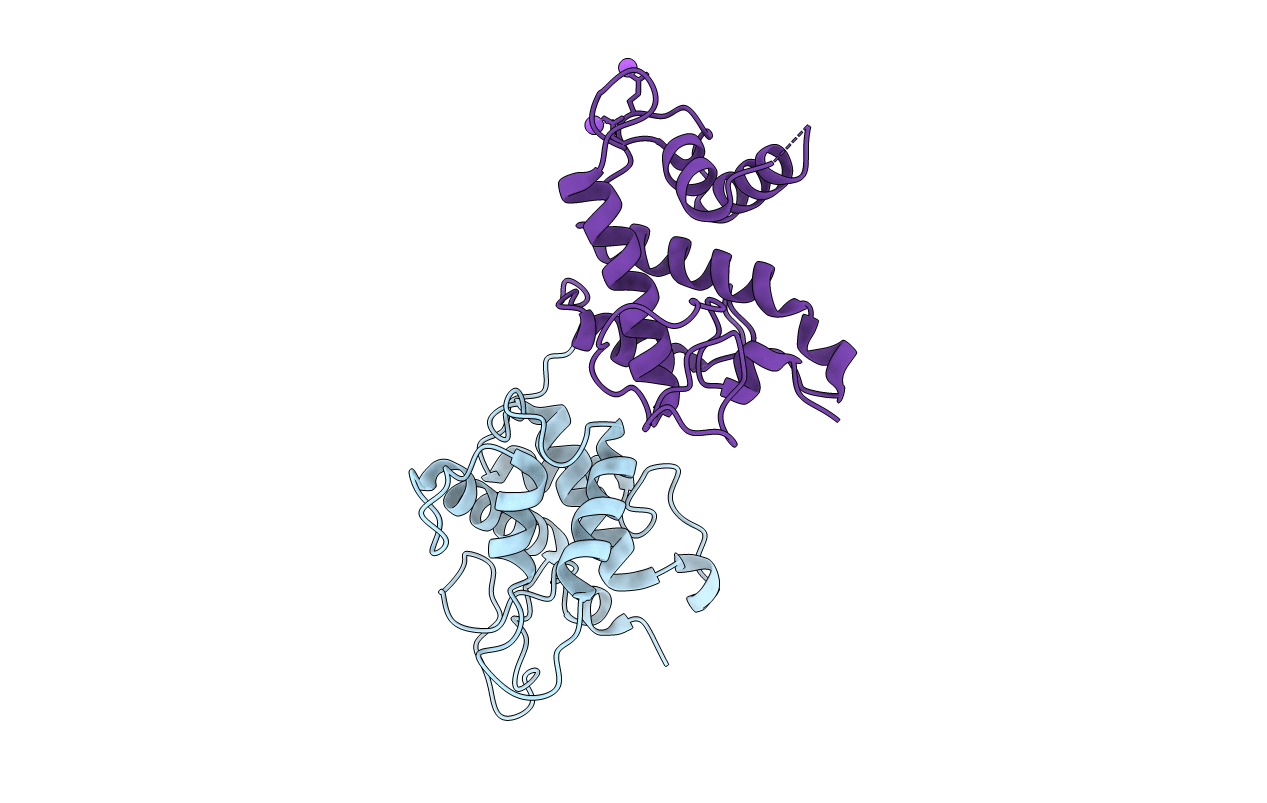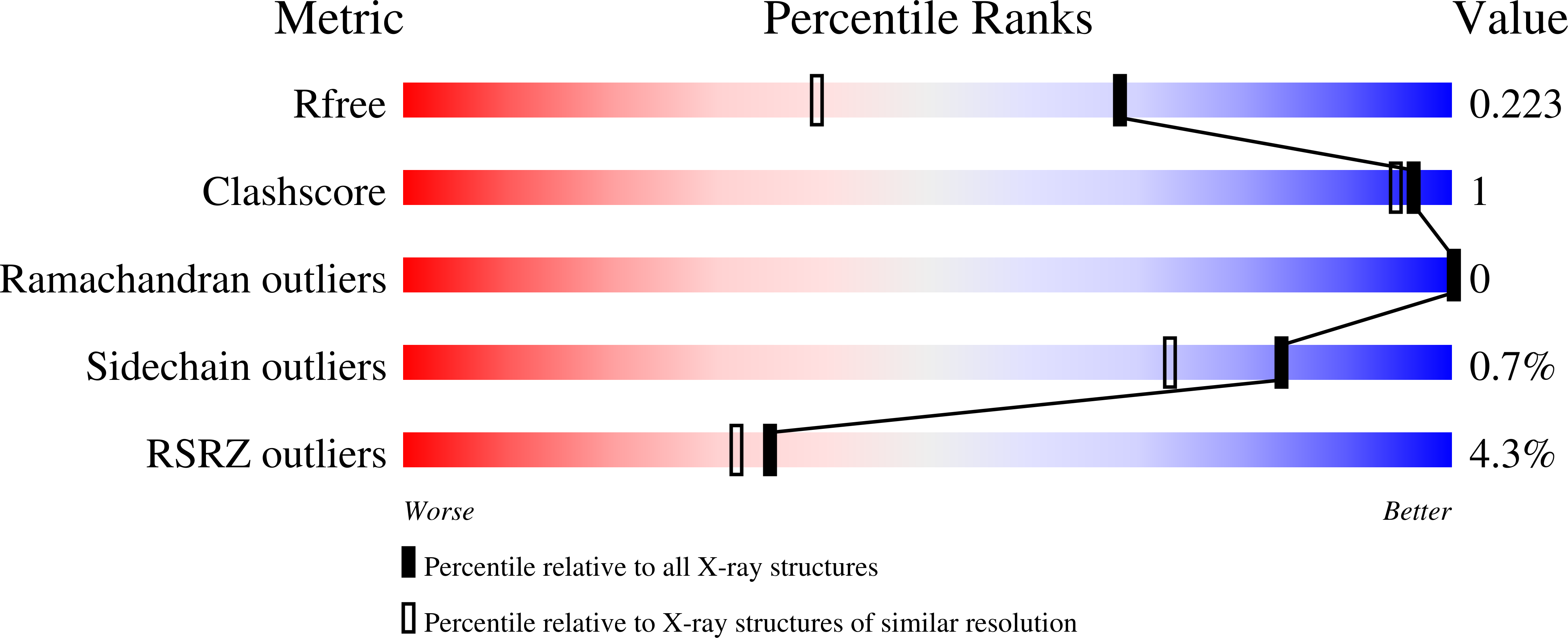
Deposition Date
2021-10-29
Release Date
2021-11-17
Last Version Date
2024-05-01
Entry Detail
Biological Source:
Source Organism:
Enterobacter phage Enc34 (Taxon ID: 1150990)
Host Organism:
Method Details:
Experimental Method:
Resolution:
1.60 Å
R-Value Free:
0.20
R-Value Work:
0.17
R-Value Observed:
0.17
Space Group:
P 21 21 2


